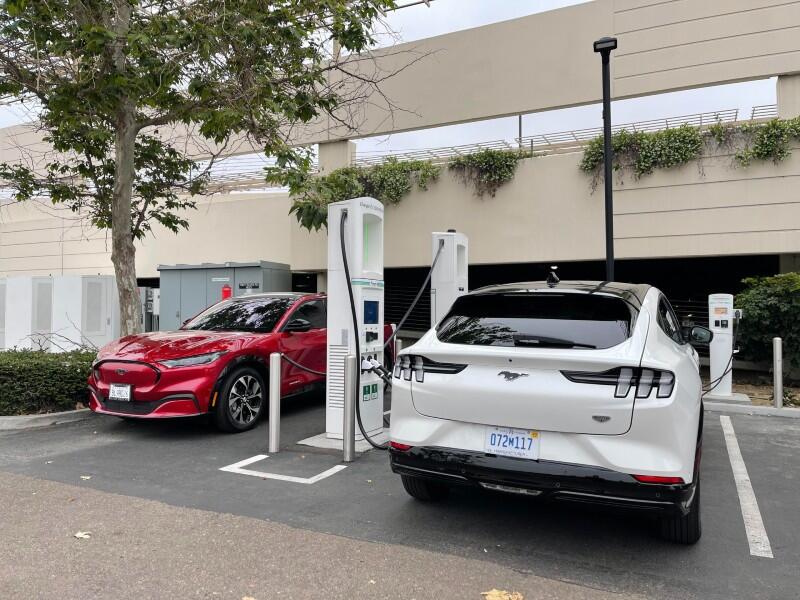Blockchain technology has gained significant attention in recent years for its potential to revolutionize various industries. However, comprehending the intricacies of blockchain can be a daunting task for many. In this article, we will provide a comprehensive guide on how to understand blockchain technology, covering its fundamental concepts, components, and applications.
Blockchain technology is a decentralized and distributed ledger system that allows secure and transparent transactions across a network of computers. It has gained prominence as the underlying technology behind cryptocurrencies like Bitcoin, but its potential extends far beyond digital currencies. Understanding blockchain technology requires grasping its key concepts, components, and applications.
What is Blockchain Technology?
At its core, blockchain is a chain of blocks, where each block contains a set of transactions. These blocks are linked together using cryptographic hashes, creating an immutable and tamper-resistant ledger. Blockchain technology enables peer-to-peer transactions without the need for intermediaries, providing transparency, security, and efficiency.
Key Concepts of Blockchain
To understand blockchain technology, several key concepts must be grasped:
Decentralization: Blockchain operates on a decentralized network, meaning there is no central authority or control over the system. Transactions are verified and recorded by multiple participants, ensuring transparency and eliminating the need for intermediaries.
Consensus Mechanisms: Blockchain relies on consensus mechanisms to agree on the validity of transactions and achieve consensus across the network. Common consensus mechanisms include proof-of-work (PoW) and proof-of-stake (PoS), among others.
Cryptographic Hashing: Each block in a blockchain contains a unique cryptographic hash, a digital fingerprint of the block's data. This hash ensures the integrity of the data and links the blocks together, forming a chain.
Immutability: Once a block is added to the blockchain, it becomes immutable and cannot be altered. This property ensures the integrity and trustworthiness of the recorded transactions.
Smart Contracts: Smart contracts are self-executing agreements embedded on the blockchain.com. They automatically execute predefined actions when certain conditions are met, eliminating the need for intermediaries and enhancing efficiency.
Components of a Blockchain
A blockchain consists of several key components:
Blocks: Blocks are containers that store a set of transactions, along with a unique identifier (hash), a timestamp, and a reference to the previous block in the chain.
Transactions: Transactions represent the transfer of assets or information between participants on the blockchain. Each transaction is verified, validated, and recorded in a block.
Nodes: Nodes are the individual computers or devices that participate in the blockchain network. They maintain a copy of the entire blockchain and contribute to the validation and verification of transactions.
Consensus Mechanisms: Consensus mechanisms are algorithms that ensure agreement among the nodes on the validity of transactions and the order in which they are added to the blockchain.
How Blockchain Transactions Work
Blockchain transactions follow a specific process:
Initiation: A transaction is initiated by a participant who wishes to transfer assets or information. The transaction includes details such as the sender, recipient, and the assets involved.
Verification: Nodes on the network verify the transaction's validity by checking the sender's available balance and confirming that the transaction meets specific criteria (e.g., digital signatures).
Inclusion in a Block: Verified transactions are grouped into blocks. Miners (nodes responsible for validating transactions) compete to solve a complex mathematical problem, and the first miner to solve it adds the block to the blockchain.
Confirmation: Once a block is added to the blockchain, it undergoes additional confirmations as subsequent blocks are added. The more confirmations a transaction has, the more secure and irreversible it becomes.
Finalization: Once a transaction is confirmed and added to the blockchain, it is considered final and cannot be altered or reversed. The transaction details are permanently recorded and visible to all participants.
Types of Blockchains
There are primarily three types of blockchains:
Public Blockchains: Public blockchains are open to anyone and allow any participant to join, validate transactions, and maintain the network. Bitcoin and Ethereum are examples of public blockchains.
Private Blockchains: Private blockchains are restricted to a specific group of participants, such as businesses or organizations. They offer higher privacy and control but sacrifice decentralization. Private blockchains are commonly used in enterprise settings.
Hybrid Blockchains: Hybrid blockchains combine elements of both public and private blockchains. They offer a balance between openness and privacy, allowing selected participants to maintain and validate the blockchain.
Benefits of Blockchain Technology
Blockchain technology offers several key benefits:
Transparency: Blockchain provides transparency by recording transactions on a distributed ledger visible to all participants. This transparency enhances trust and reduces the potential for fraud.
Security: The decentralized and cryptographic nature of blockchain ensures the security and integrity of transactions. Once recorded on the blockchain, transactions are tamper-proof and resistant to hacking.
Efficiency: By eliminating intermediaries and automating processes through smart contracts, blockchain application improves the efficiency of transactions, reducing costs and time delays.
Traceability: Blockchain's transparent nature enables the traceability of assets, products, or information. This is particularly valuable in supply chain management, where stakeholders can track the journey of goods and verify authenticity.
Reduced Counterparty Risk: Blockchain removes the need for trust between parties by relying on a decentralized network and consensus mechanisms. This reduces counterparty risk and eliminates the reliance on intermediaries.
Real-World Applications of Blockchain
Blockchain technology has applications across various industries:
Financial Services: Blockchain enables faster and more secure cross-border payments, reduces fraud, and facilitates decentralized finance (DeFi) applications such as lending and borrowing.
Supply Chain Management: Blockchain improves traceability, reduces counterfeit products, and enhances supply chain transparency, benefiting industries such as food and pharmaceuticals.
Healthcare: Blockchain can securely store and share patient records, streamline medical data exchange, and enable efficient clinical trials and research collaboration.
Identity Management: Blockchain offers decentralized and secure digital identity solutions, enabling individuals to control and verify their identities without relying on centralized authorities.
Energy and Sustainability: Blockchain can facilitate peer-to-peer energy trading, optimize energy grid management, and incentivize renewable energy generation.
Challenges and Limitations of Blockchain
While blockchain technology holds immense promise, it also faces challenges:
Scalability: Blockchain scalability remains a concern due to limitations in transaction processing speed and block size. Solutions such as sharding and layer-two protocols aim to address scalability challenges.
Regulatory and Legal Frameworks: The rapidly evolving regulatory landscape poses challenges for blockchain adoption. Governments and regulatory bodies are still grappling with how to regulate blockchain-based applications.
Energy Consumption: Proof-of-work consensus mechanisms, such as those used by Bitcoin, require significant computational power and energy consumption. Efforts are being made to develop more energy-efficient consensus algorithms.
Interoperability: The lack of standardization and interoperability between different blockchain platforms hinders seamless integration and collaboration among diverse systems.
Learning Resources for Understanding Blockchain
To deepen your understanding of blockchain technology, consider the following learning resources:
Online Courses: Platforms like Coursera, Udemy, and edX offer comprehensive courses on blockchain technology, covering both technical and non-technical aspects.
Books: Explore books such as "Blockchain Basics: A Non-Technical Introduction in 25 Steps" by Daniel Drescher or "Blockchain Revolution" by Don Tapscott and Alex Tapscott.
Blockchain Communities: Join blockchain communities and forums to engage with experts, enthusiasts, and developers. Communities like r/blockchain on Reddit or blockchain-focused forums provide valuable insights and discussions.
Blockchain Events and Conferences: Attend blockchain conferences and events to network with professionals in the field, learn about the latest developments, and gain practical knowledge.
Understanding blockchain technology requires grasping its key concepts, components, and real-world applications. By comprehending its decentralized nature, consensus mechanisms, and transaction processes, individuals can appreciate the transformative potential of blockchain across various industries. Keep exploring learning resources and staying updated with the latest advancements to unlock the full potential of blockchain technology.







 English (US) ·
English (US) ·